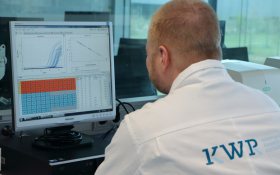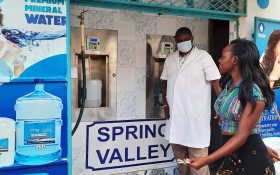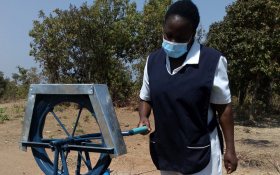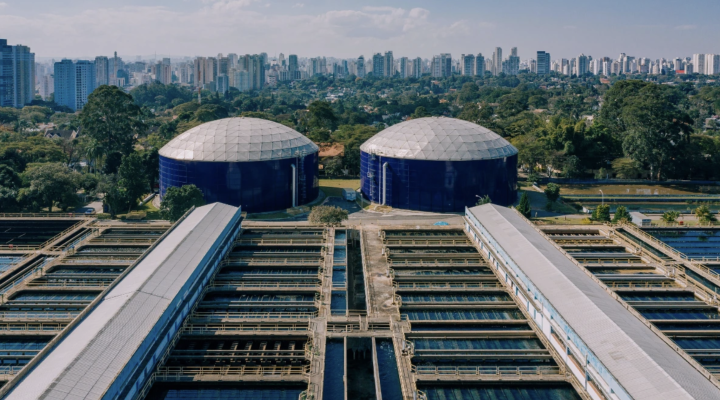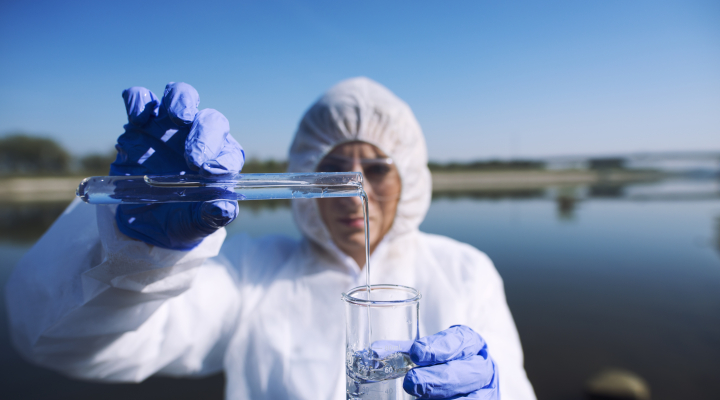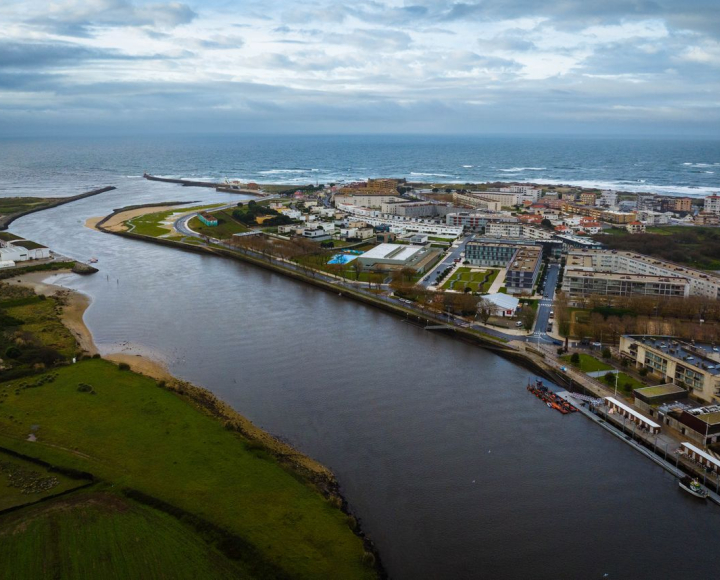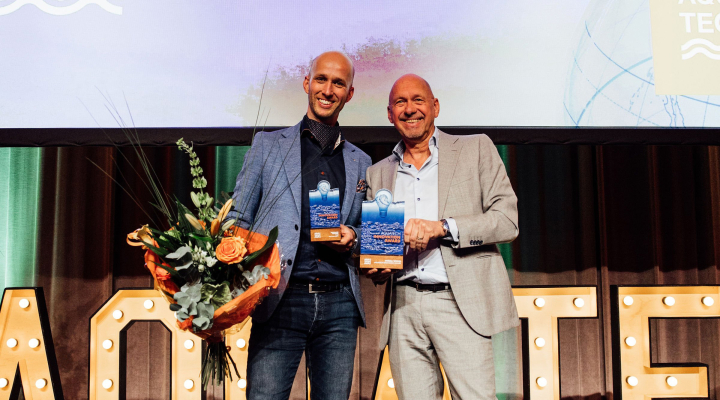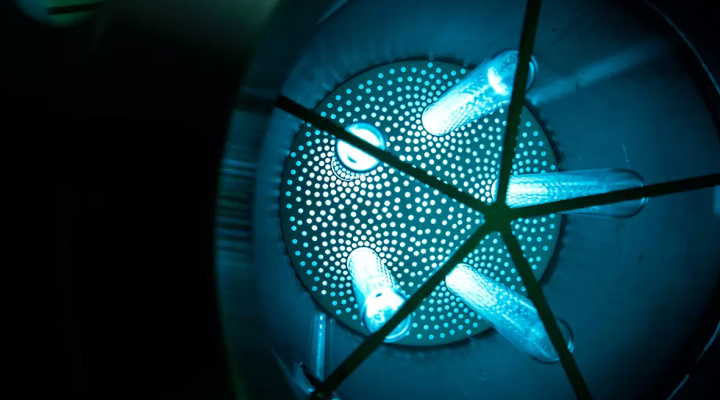Nationwide Covid-19 sewage water surveillance system now in place
The collective sewage water of all inhabitants in the Netherlands, i.e.17 million people, is now being monitored on the presence of Covid-19. The Dutch national health agency RIVM takes sewage water samples at over 300 municipal waste water treatment plants.
Every week 24-hour samples are collected and analysed with Polymerase chain reaction (PCR) technology on the number of Covid-19 gen particles per millilitre.
Regional differences
RIVM started with the Covid-19 sewer surveillance at 19 waste water treatment plants (wwtps). In July that number was expanded to 80, and now the samples are collected at nearly all plants. The results are published online as part of the national Covid-19 dashboard of the Dutch Government and add up to the other parameters such as medically confirmed cases, intensive care admissions and first contacts with General Practitioners.
In recent weeks, the levels of virus particles have been increasing in some regions, but seemingly not in others.
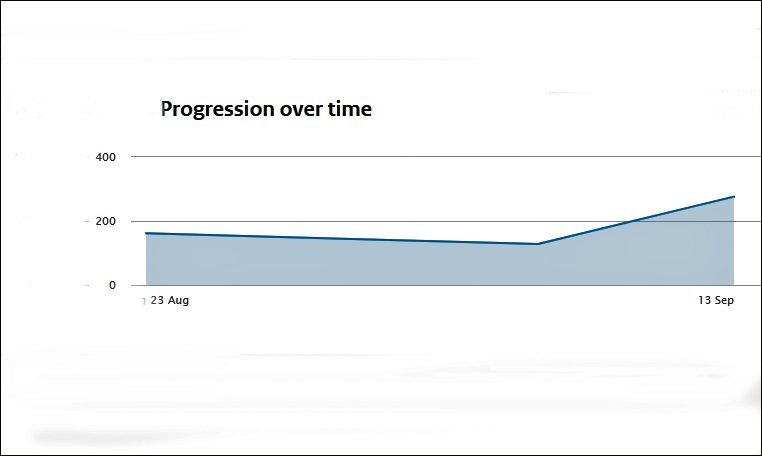

Latest results
In August, an increase could be observed in national coronavirus levels in sewage compared to the period before.
At most sites, no coronavirus particles are detected in sewage samples. However, there has been an increase in recent weeks at other sites, such as Amsterdam, Almere and The Hague. In the past week, two peaks have been observed at the waste water treatment plants in Leiden (124,000 inhabitants) and Woerden (52.000 inhabitants), which coincides with the increased number of reported positive tests in these cities.
Footnotes
When announcing the most recent sewage surveillance data, RIVM noted that some people who are infected with the novel coronavirus have higher levels of virus particles in their faeces than others. These levels are not determined by whether a person infected with the virus has many or few symptoms, or is asymptomatic or presymptomatic.
The agency also points out that the sewage that enters the treatment plants, in which samples are taken, does not only come from households, but is often mixed with wastewater from companies. In addition, rainwater dilutes household sewage.
The agency says it is working on a method that provides insight into these differences to facilitate better comparison of the data from different regions.
Go to the Dutch National Dashboard coronavirus to see up-to-date sewer surveillance data under 'early indicators'.




